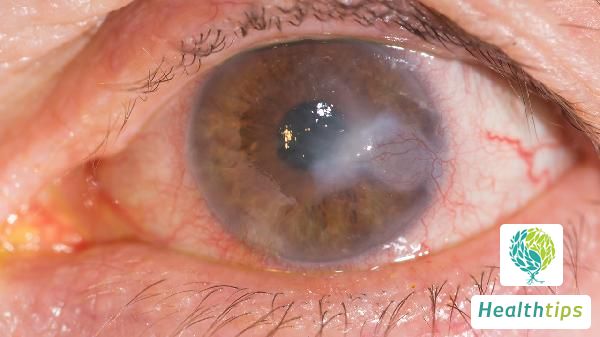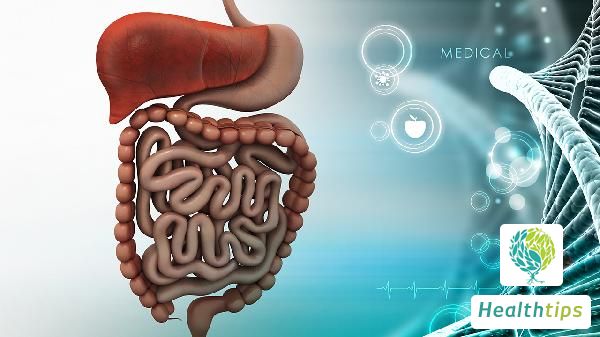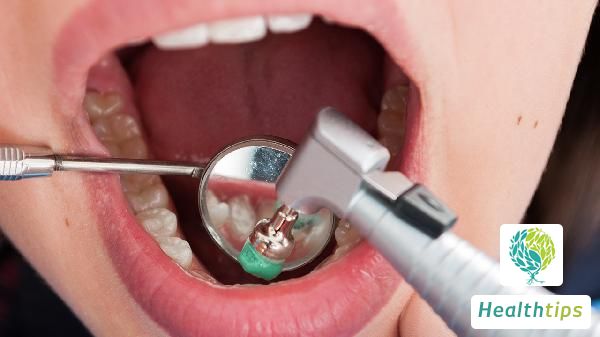What Should I Do If I Have a Pustular Sebaceous Cyst?
A sebaceous cyst with pus usually suggests that the cyst may have become infected. In such cases, prompt treatment measures should be taken and a visit to the hospital should be considered. Treatment methods include cleaning and disinfecting the local area, controlling inflammation, and, if necessary, drainage or surgical incision.

1. Possible Causes
Sebaceous cysts are cystic lesions caused by the obstruction of sebaceous gland ducts. If the cyst contains pus, it indicates possible accompanying bacterial infection. Possible contributing factors include genetic predisposition, poor skin hygiene, local skin damage or irritation, and long-term inflammation leading to infection.
2. Initial Local Treatment - Cleaning: Use mild saline solution or povidone-iodine to clean the affected area to prevent the spread of infection. Hot Compress: Applying a warm towel to the cyst area daily can promote blood circulation, help relieve pain, and facilitate pus drainage. Do Not Squeeze: Avoid squeezing the cyst with your hands to prevent the spread of infection or rupture of the cyst.
3. Professional Treatment Methods
Antibiotics: The doctor may prescribe oral or topical antibiotics, such as erythromycin ointment or mupirocin ointment, to control the infection. Incision and Drainage: If the cyst is large and abscessed, it usually requires a minor surgical incision to drain the pus, followed by disinfection and dressing changes. Cyst Removal: For some recurrent or refractory cysts, surgical removal during the non-inflammatory phase is required to prevent recurrence.
4. Daily Preventive Care
Maintain Skin Cleanliness: Bathe frequently and use mild skincare products, especially for oily skin prone to cysts. Avoid Irritants: Use less irritating cosmetics or skincare products and avoid touching or scratching the cyst with your hands. Healthy Diet: Reduce high-fat, high-sugar diets, drink more water, and eat more vegetables and fruits to help maintain the health of the sebaceous glands. Sebaceous cysts with pus require early treatment to avoid further infection and complications. If the cyst exhibits symptoms such as redness, swelling, significant pain, or continuous enlargement, seek standardized treatment at the hospital as soon as possible to ensure skin health.



















